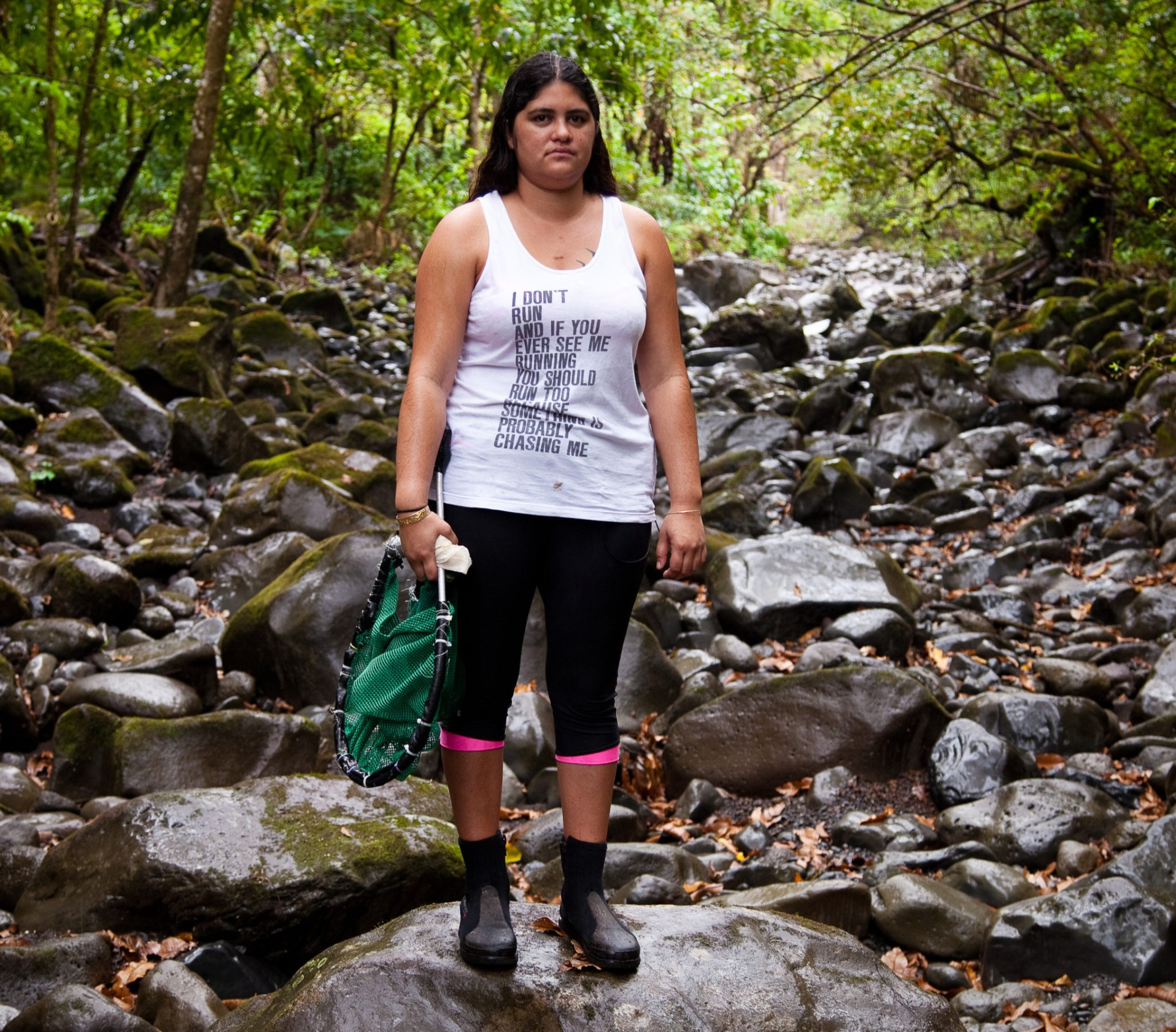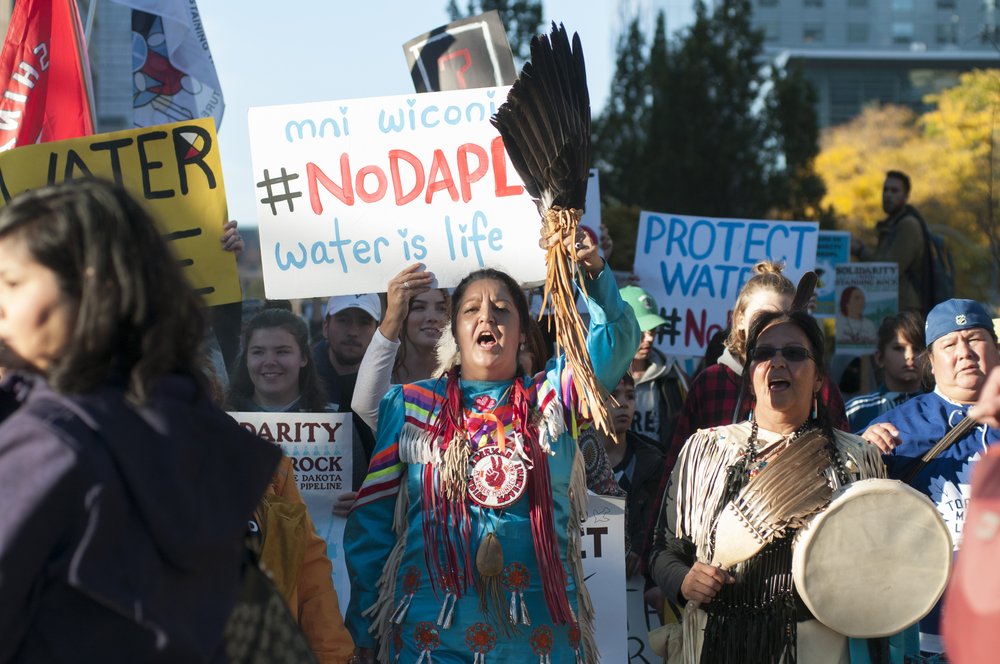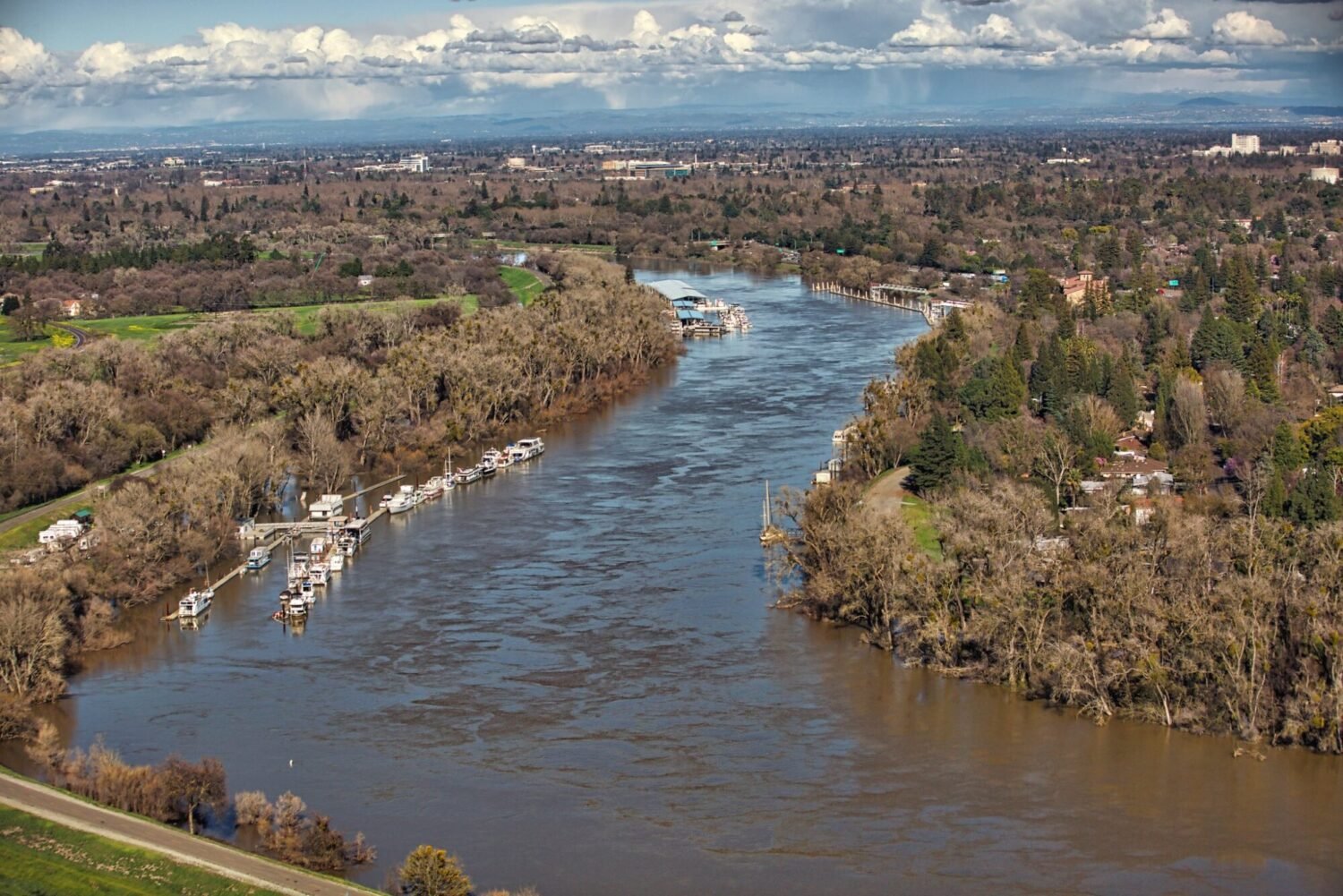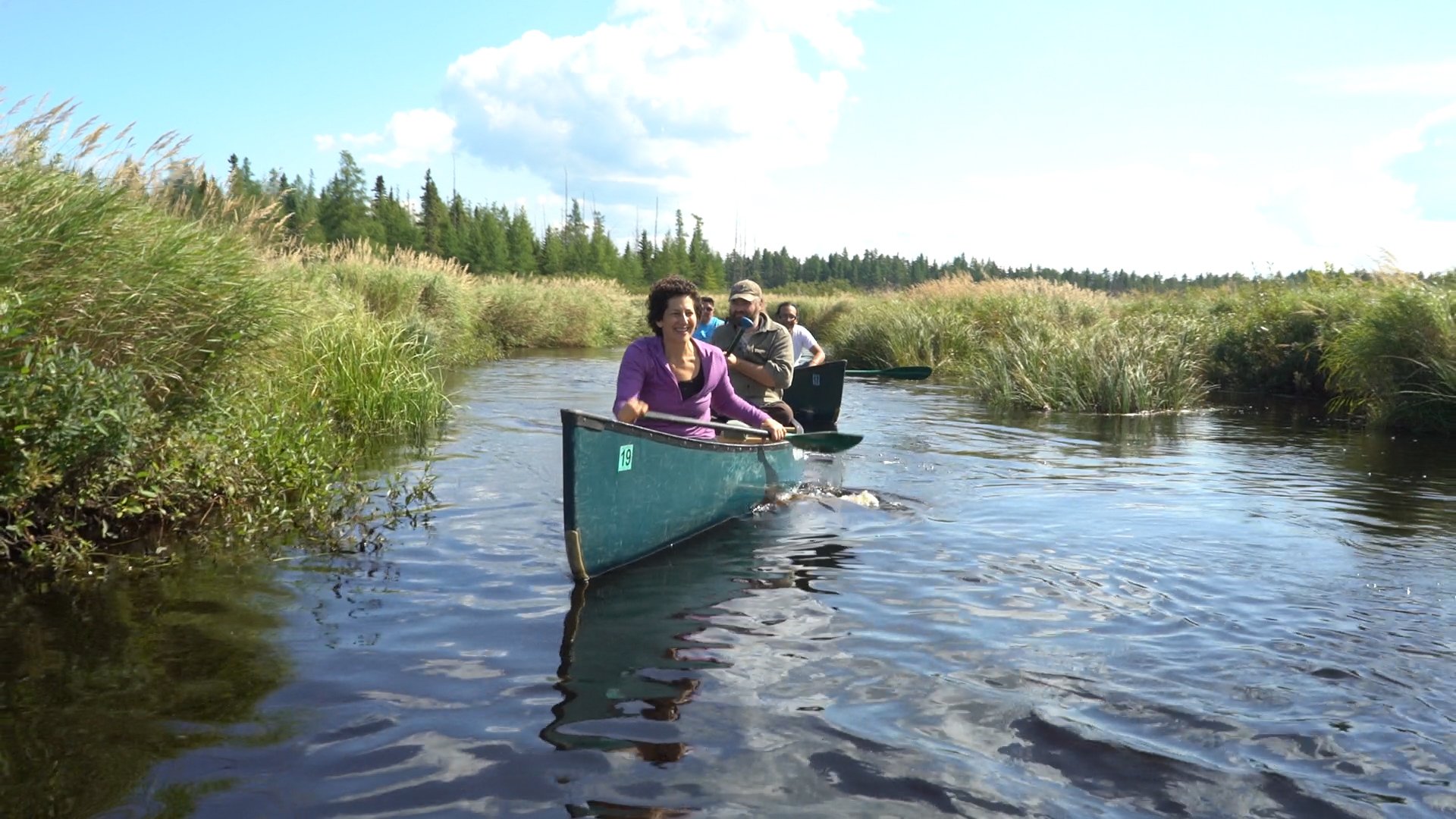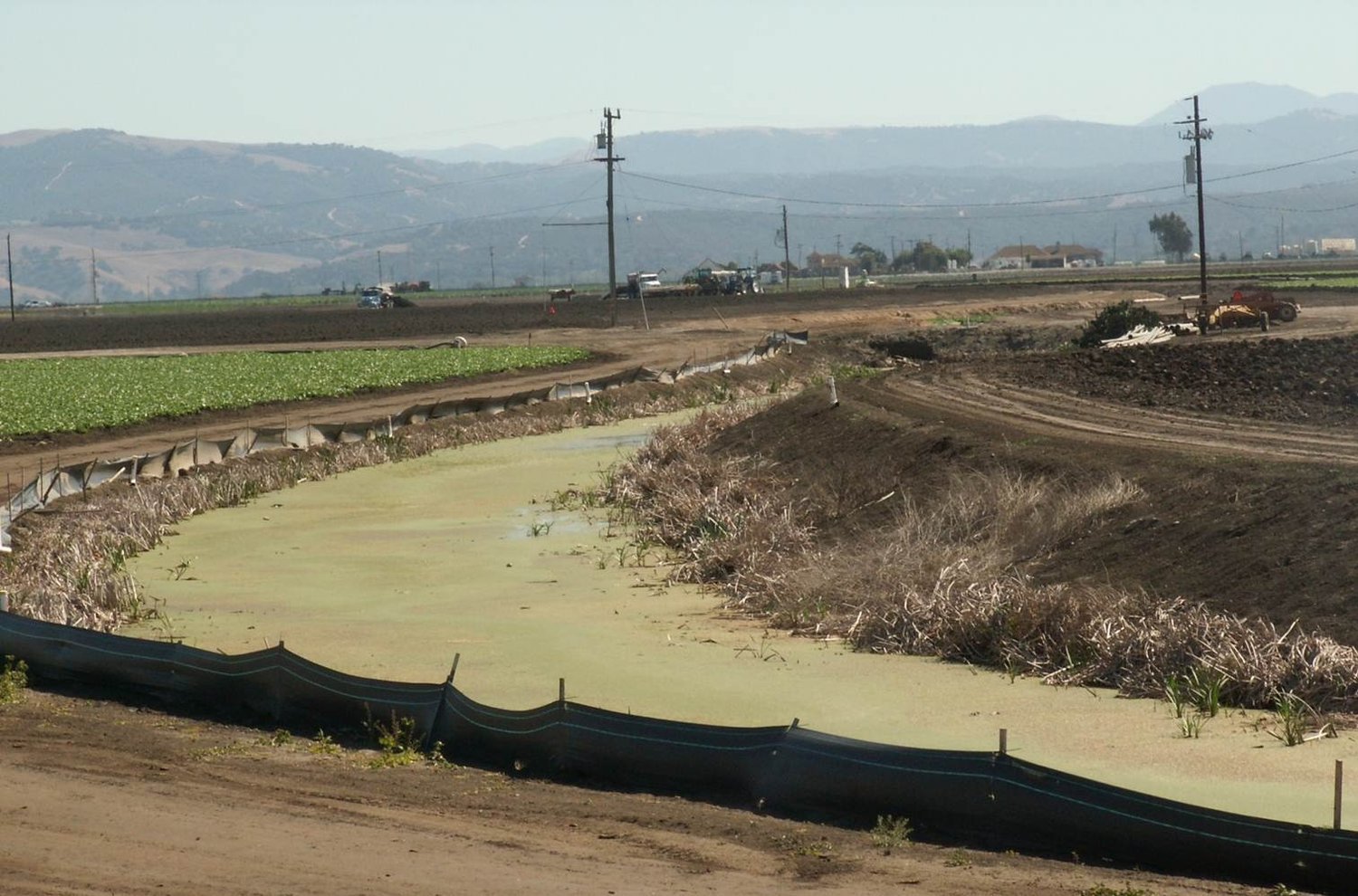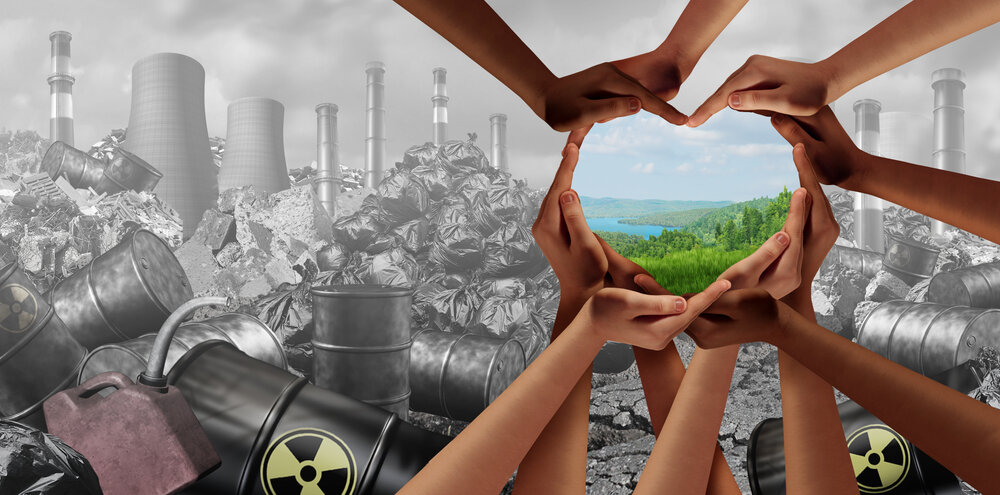WE SAVED THE DESERT TORTOISE!
Mary Zhou, Impact Fund Development and Executive Assistant, catches up with Philip Klasky, Lecturer in Ethnic Studies at San Francisco State University
In celebration of our 25th Anniversary, we take a look back at some of the highlights in the work to stand with marginalized communities. This month a story of Native American resistance, radioctivity, and the official reptile of the State of California...
In the early morning hours on June 19, 1995, a group of Native American tribe members and non-Native activists got off a bus in the Mojave Desert and began to stretch. It was going to be a long run, 27 miles to be exact. They were going to start at the Old Woman Mountains and end in Ward Valley, where a controversial proposal for a nuclear waste dump was the reason for their gathering that dawn.
Protestors refuse to be evicted from the 1998 Ward Valley occupation.
Van Fleet, an elder of the Fort Mojave Indian Tribe called to the runners, "Who are we?"
The runners yelled back, "We are Mojave!"
"Why are we running?"
"To save Ward Valley!"
"What do we do while we are running?"
With their hands high in a fist: "we pray!”
The lead runner took position with his staff and the Spirit Run began. In Native American tradition, a spirit run is a relay that is meant to express and reinforce their connection to the land. On that day, there was a great urgency to do so.
In 1989, the State of California asked the federal government to sell 1,000 acres of land for the construction of a nuclear waste dump and chose U.S. Ecology, a waste management operator, to manage the site. The company had a history of leaks and was actually the last candidate to be considered, after the others withdrew due to fears of financial liability. U.S. Ecology picked Ward Valley in the San Bernardino county as their site.
The location of the proposed nuclear waste dump, was dangerously close to and could have contaminated the entire Colorado River system. The river, only 20 miles away, provides drinking water for millions of people in two countries, as well as the 5 Native Nations.
Environmentalists and Native Americans were quick to protest. The low level radioactive waste was to be buried in trenches 650 feet above an aquifer. If the aquifer became contaminated, it would contaminate the Colorado River, which was only 20 miles away and provided drinking water for 15 million southern Californians. For the Native Americans, the presence of a waste dump was deeply violating on a cultural level. They had lived on the land since time immemorial and believed that Ward Valley was the pathway traveled by newly deceased souls to their sacred mountain, Avi, Kwa Ame. Finally, it was home to the sacred desert tortoise.
Philip Klasky, Lecturer in Ethnic Studies at San Francisco State University
Philip Klasky, an anti-nuclear activist in California, heard about the situation and immediately started researching. He met the five tribes that lived there: Fort Mojave, Colorado River, Chemeheuri, Fort Yuma-Quechan, and Cocopah Tribes. One elder told him that the Ward Valley was “headquarters for the desert tortoise.” To the outside world, the desert tortoise was just a cute animal. But to the Native Americans, it was their relative. They learned how to survive from the tortoise. They observed the foods it ate. They studied the way it built burrows and protected itself from the cold and the heat. It was a keystone species, which meant its existence was connected to many other species and its removal would greatly impact the ecosystem.
The government was hard to convince however. Philip knew that the federal government had contracted U.S. Fish and Wildlife Service to identify locations that were critical habitat for the desert tortoise. But the government refused to give Philip the report, and the biologists who worked on it did not wish to speak either, for fear they would lose their funding, tenure, and government research contracts. It was all very political, Philip recalls. His peer, Dr. Howard Wilshire, lost his job over a report that proved the rocks below Ward Valley were permeable to water, and precipitation could leach radioactive wastes to the aquifer. After many fruitless phone calls, one biologist acquiesced. His secretary handed the study over in a brown paper bag, telling Philip he would deny anything ever happened if he disclosed his source.
Imagine the fulfillment and giddiness that Philip felt that day in his car, when he took the study out of the brown paper bag and found exactly what he needed: proof that the protection of Ward Valley was essential for the survival of the tortoise. At this point, he contacted the Impact Fund for an emergency grant to provide the vital funds needed to go to court. Shortly after, he was in federal district court with a lawsuit, Desert Tortoise et al vs. Secretary of Interior. Judge Marilyn Patel blocked the land transfer based on the Endangered Species Act, and designated 6.5 million acres of critical habitat for the Desert Tortoise.
Richard Drury, one of IF's former board members, also argued the case along with his partner, Mike Lozeau. They met through Desert Tortoiseand Richard actually obtained his bar card the day of the hearing, Judge Thelton Henderson had to swear him in as he could not wait for the State Bar swearing in.
Colorado River Native Nations Alliance (CRNNA) activists along with Reverend Jesse Jackson conduct a spiritual vigil at the LA Federal Building on December 14, 1995. Photo: Phil Klasky
The restraining order was a momentous victory, but the fight wasn’t over. Even after Judge Patel’s order, the battle over Ward Valley continued on for almost a decade. In 1995, the National Academy of Sciences released a report indicating that groundwater contamination was unlikely, and Secretary of Interior Bruce Babbitt approved the land transfer. However, legislation was blocked by President Bill Clinton, who listened to the public outcry. Philip was still involved at this time. He had quit his job and founded an organization, the Bay Area Nuclear Waste Coalition. He and other activists camped out and had meetings that lasted all day with tribe elders. Philip recalls the beauty of the Natives and non-Natives banding together: “It was a tremendous amount of work in order to accommodate 500 to 1000 people in desert. We were really in the middle of nowhere. Patagonia helped with tents and warm clothing. The locals helped out as well. Federal rangers who were sent over to watch over us were eventually convinced the situation was dire and even they helped out.” Every day, they participated in sunrise ceremonies. They held hands, danced, and sang sacred songs that invoked the power of their spirit mentors.
February, 2011: Cahuilla Bird Singers and Little Mojave Dancers (above) and others celebrate 13 nuclear-free years in Ward Valley, as they pray for the land and all life at their annual spring gathering at Ward Valley.
In 1996, the Clinton administration ordered the site closed to conduct further geologic testing. In response, the tribes held a nonviolent occupation. In 1998, the U.S. government ordered them to leave their protest camp. After 113 days of occupation, the government suspended testing and rescinded the eviction notice. One head agent left because his teenage daughter had joined the protest, and he was not willing to arrest her. In April 1999 a federal judge, in response to a lawsuit suit filed by US Ecology and State of California, ruled that Babbitt had acted appropriately in rescinding the land transfer. In 2002, the California State Assembly passed Assembly Bill 221, finally cancelling the Ward Valley Project a full decade after its first proposal.
What stands out for Philip about the ten-year fight is clear. “The privilege of working with the Native people, and having won a real David and Goliath type of fight,” he said. “We didn’t know how we were going to win because the odds were stacked. Impact Fund was essential in providing exactly when we needed to go to court.”








